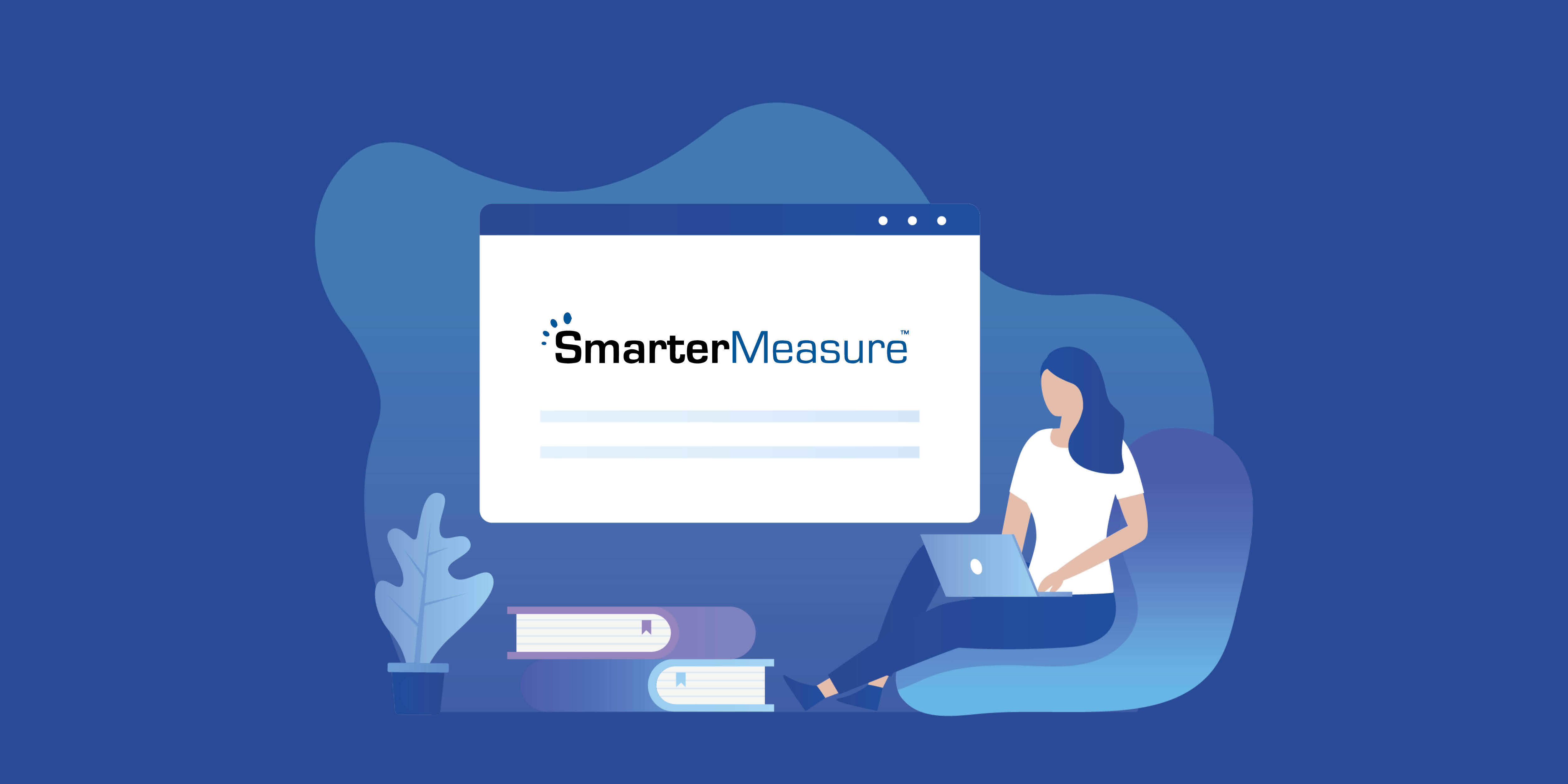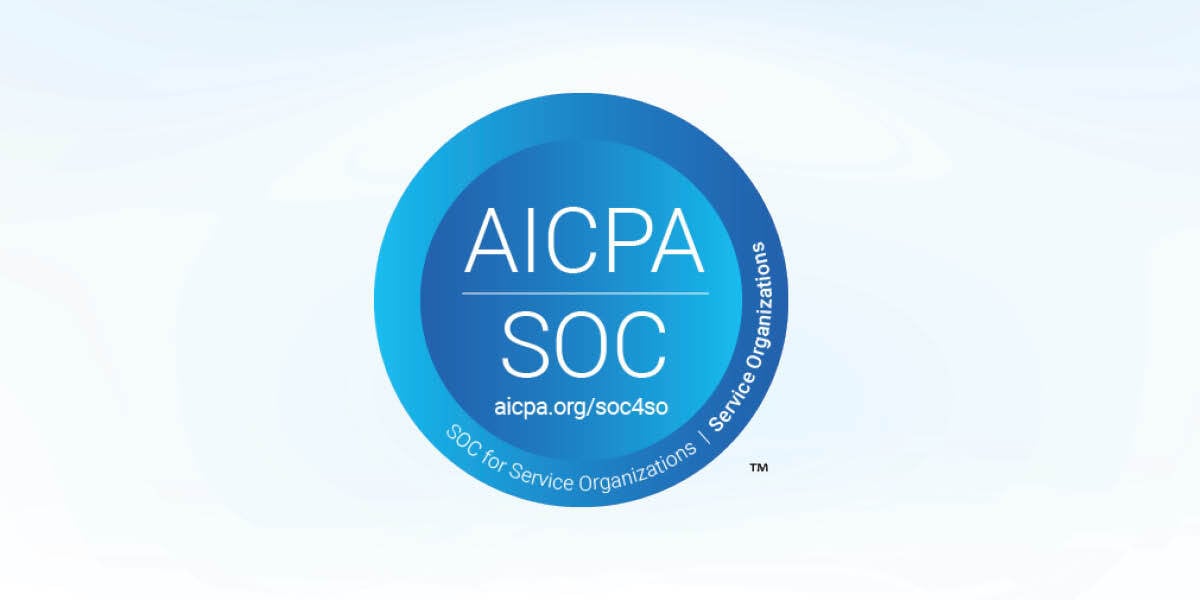
I've never been to the Grand Canyon. But I hear that when you go, you will be struck with the fact that it is real and it is larger than you ever imagined. Well, the same thing is true when it comes to understanding the digital divide.
Watch this brief 3-minute video to learn what COVID-19 has revealed about the digital divide and ways that your institution can combat this issue.
Don't want to watch the video? No problem! Keep scrolling to read the video summary.
Video Summary:
Brookings Institute estimates that about 900 million students are displaced from their typical face-to-face classroom due to COVID-19. Of those displaced students, many of them do not have access to the internet. In fact, even in the United States, the FCC estimates that about 22 million people are lacking broadband internet access.
However, it's much worse in rural areas. About 1/3 of rural Americans do not have access to a broadband internet connection. And that's a big problem. We found that a lot of school systems that were unable to continue teaching face-to-face due to COVID-19 ended up saying, "Well, during the quarantine, we'll just move our instruction online."
That sounds good, but the fact of the matter is that in some areas, 1/3 of their students will not be able to access their online instruction due to the digital divide.
One thing that some of these students do is use their smartphones to access their course materials. This is a good strategy, however, it's not a complete strategy. There are many things that a smartphone can do, but there are also many things that it cannot do.
For example, at SmarterServices we provide SmarterProctoring which has automated proctoring as a modality. With this, the student can use their smartphone or a tablet to schedule proctoring sessions. But when it comes time for that actual automated or live proctoring session, a smartphone is not an appropriate device.
Historically, schools and communities have provided internet access in a public place such as a library. But due to the COVID-19 crisis, those libraries and other public spaces were no longer available. However, schools have been coming up with creative ways to combatting this issue.
One creative thing that some school systems have been doing is recognizing that they have a fleet of unused school buses. With this, they have equipped those buses with portable wifi hotspots so that students can get near the bus while socially distancing themselves and get the internet access they need to do their online education. Schools are even equipping some of the buses with laptops. This method has been a really good strategy to provide access to both internet and devices to decrease the large gap of the digital divide.
We find that the real challenge for school systems during this time is that they don’t know which students have access to the internet and the devices they need and which do not. But schools that use the SmarterMeasure Learning Readiness Indicator already know.
One of the sections on the SmarterMeasure assessment is “Technology Access.” Here, things like what type of computing device the student has, what is their access to the device (Do they own it, rent it, borrow it, or use a shared device from the library, etc.?), and what kind of internet access they have (Do they even having it, is it wireless, high bandwidth, etc.?) are measured. All of that data that collect helps school systems, even at the beginning of a crisis like COVID-19, to tell which students are on the disadvantaged end of the digital divide. From there, they can make adequate decisions on how to best help their students succeed.
For more SmarterReflection videos and educational blogs, click here to sign up for our blog notifications!



.jpg)


